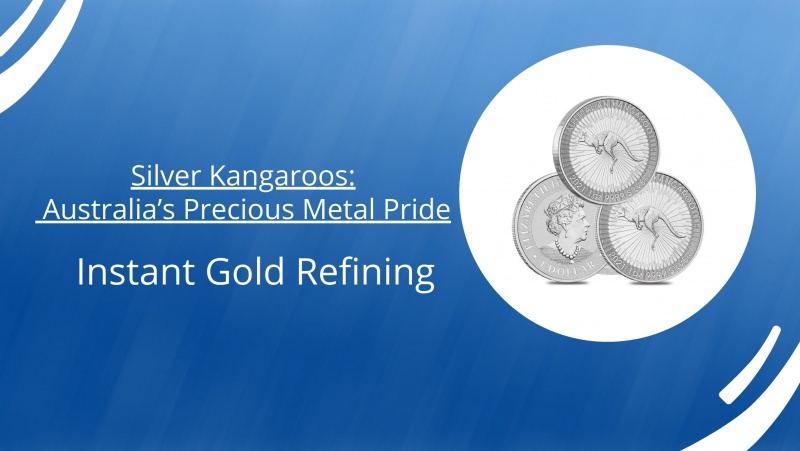Implementing Eco-Friendly Practices: How Mints Are Reducing Their Environmental Impact
Reducing Energy Consumption
To minimize their ecological impact, mints are making changes to environmentally friendly technology and using energy from renewable sources like wind and solar power. Switching to more advanced equipment and optimizing industrial processes both aid in reducing the total consumption of energy.
Limiting Waste
Many mints now recycle the water used to cool the dies by recovering the silver from the water used for rinse. They also put the additional warmth produced during the process of minting to good use. Both water consumption and garbage are considerably reduced by these methods. In certain mints, the plastic capsules used to store minted coins are also recycled.
Using Sustainable Materials
For producing bullion coins and bars, certain mints recycle precious metals. Jewellery, electronic waste, and other post-consumer resources are where they get their gold and silver. The packaging and coin holders used by a few mints are likewise green and sustainable. As an alternative to plastics, these include bamboo, cork, and cotton fibres.
Pursuing Green Certification
To demonstrate their dedication to environmental responsibility, an increasing number of public and private institutions strive to get certifications for sustainability like ISO 14001. All areas of these mints’ activities are covered by extensive green programs that are implemented. An eco-friendly future for the bullion sector may be built, as buyers and investors can see with the help of certification.
Energy Efficiency and Renewable Energy: The Drive Towards Net Zero Carbon Emissions
- Transitioning to Renewable Energy Sources
- Carbon Offsetting and Renewable Energy Certificates
Responsible Sourcing: How Mints Ensure Their Precious Metals Are Ethically and Sustainably Sourced
- Mined resources come from operations that observe good environmental standards and have the necessary approvals. Mints should get their materials from mines with low levels of greenhouse gases, pollution, and ecosystem devastation. They should also make sure mines have the right license to run legally.
- Recycled products are made from recycled materials. Since it can be challenging to determine where recycled precious metals come from, mints must audit their suppliers and perform spot inspections to make sure the materials are recycled and not coming from other unreliable sources.
- No contentious issues exist. Mints ought to demand that vendors show them proof that their products aren’t made in illegal mining operations or in areas of conflict.
- Every step of the supply chain adheres to fair labor standards. The use of forced or child labour, as well as the payment of adequate wages and the guarantee of secure working conditions, ought to be forbidden by any of the suppliers, refiners, or mines in the supply chain of mints.
Why Eco-Conscious Investors Choose Environmentally Friendly Bullion
- Reduced Environmental Impact: Investors can support decreased carbon dioxide emissions, consumption of energy and water, and waste by buying bullion from mints with ethical sources and manufacturing.
- Transparency and Accountability: Ongoing inspections and certifications from independent organizations ensure that they comply with high criteria for the protection of the environment, human rights, and fair commerce,
- Premium Products: Coins made using completely traceable and ethically sourced precious metals, tend to appreciate over time due to their demand and rarity.
- A Clean Conscience: They can buy precious metals with the knowledge that their money is promoting a moral and environmentally friendly enterprise.
Eco-conscious bullion is set to play a bigger role in the bullion industry as society evolves towards more sustainable lifestyles.







